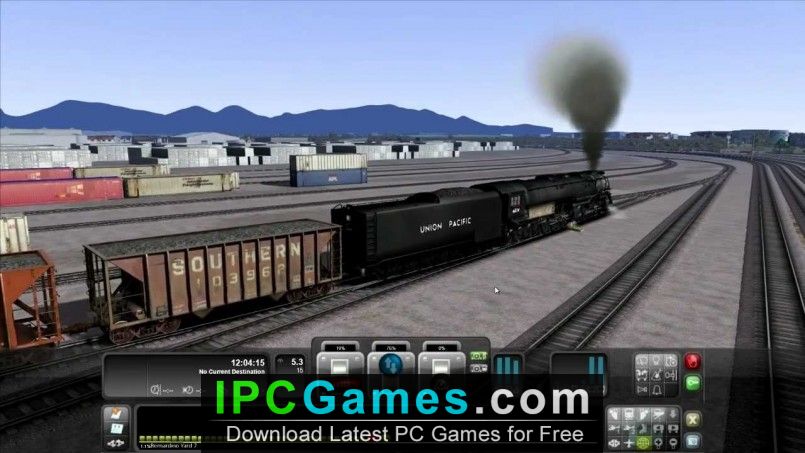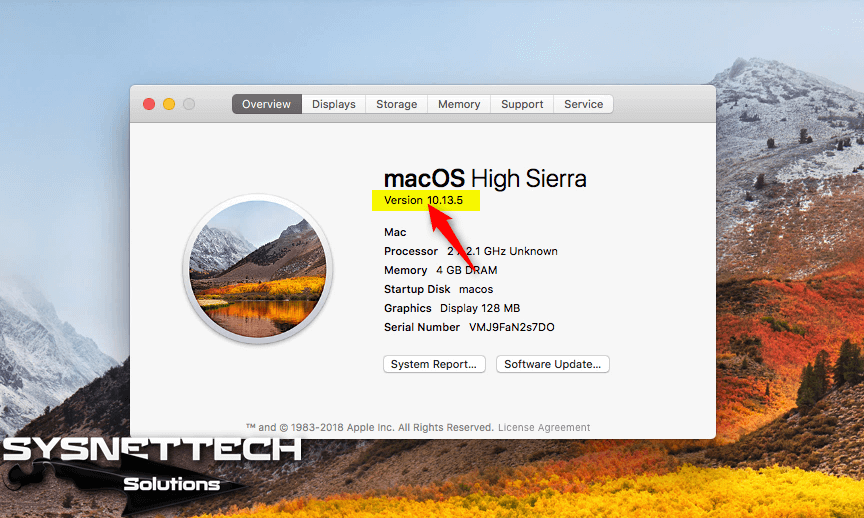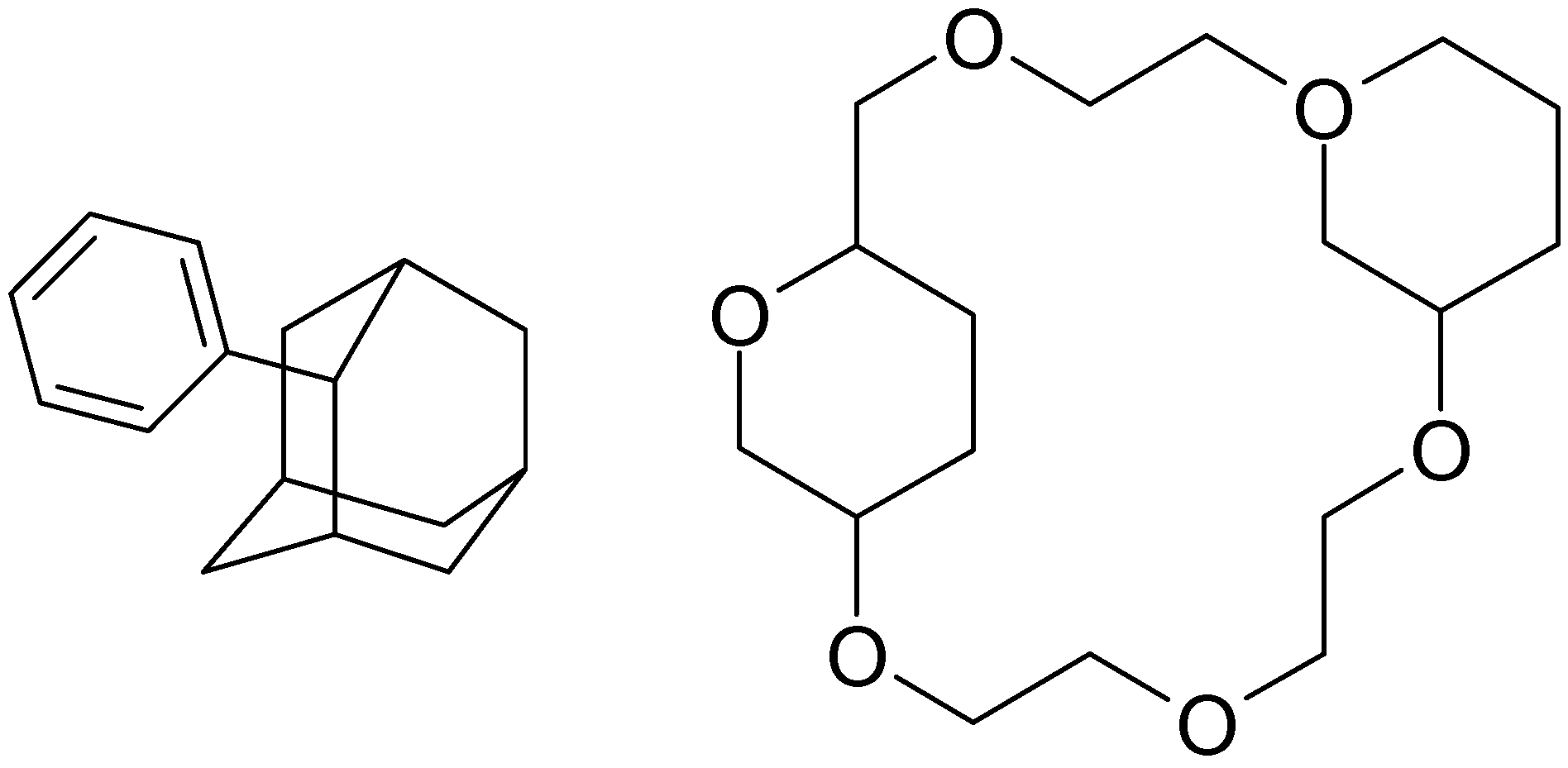

MDL ISIS DRAW 2.5 FREE DOWNLOAD SOFTWARE
Software development was performed with particular attention to MCDL-specific problems, such as bond order reconstruction, as well as more general ones, such as optimal rendering and polycyclic compounds, and visual fragment overlapping.

A simple Java applet that creates/draws/edits chemical structure as MCDL strings was created and is described in the present paper. All these features make the applet relatively “heavy”-the size of the current DEMO version of JChemPaint *.jar file is above 1.5 MB.
MDL ISIS DRAW 2.5 FREE DOWNLOAD VERIFICATION
JChemPaint supports various chemical structure formats (MOL, PDB, CML, XYZ, XML, SMILES) using a structure generator, verification of graph connectivity, and HOSE code (to predict atom-centered properties). In addition, the CDK software suite contains various supplementary software libraries: NMR spectra prediction, 3D structure visualization, and calculation of some topological indexes. As a result, this applet allows rendering of chemical structures encoded in SMILES format. This is considered to be one of the most important features of the CDK software package. However, the absence of descriptors for fragment-centered properties can be considered as disadvantage.Īn open source JchemPaint Java applet, integrated into the Chemistry Development Kit (CDK) allows generation of structural diagrams from coordinateless structure formats.

Extending InChI to accommodate 3D chemical structures was described in.

It is now widely used in NIST and NIH public databases. InChI was recommended by IUPAC as the standard for computer-readable chemical structure notations. The information is also of value for computation of certain physical-chemical properties that can be attributed to a particular structure fragment, for example, NMR chemical shifts. The second disadvantage of SMILES is lack of adequate representation of fragment-specific information, a useful search feature when a chemical structure descriptor is embedded in an HTML document. First of all, canonical numbering requires use of a proprietary SMILES2 algorithm. The SMILES code is the de facto standard for computer-readable linear notation, although it has some disadvantages. Other types of linear molecular descriptors include computer-readable formats, such as Wiswesser Line Notation (WLN), SYBYL ®, SMILES (Daylight Chemical Information Systems), and InChI codes. The list of rules restricting the names of compounds that are supported by this program is published on the home page of the software vendor. NameExpert TM, a product of ChemInnovation, converts IUPAC names to chemical structures, but the program cannot handle the names of certain specific classes of molecules, such as names of element-organic compounds. As with naming, drawing of polycyclic and abnormal valence element molecules is the most difficult task, even for the latest versions of the software. The reverse task-chemical structure graph generation from the chemical name-has it set of problems too. Ambiguity in IUPAC naming complicates searching and chemical identity comparison. In addition, chemical names generated by various computer programs are often not unique. In many cases the existing name-generating programs cannot process some classes of compounds, such as cage structures or molecules with abnormal valence elements. Chemical names are relatively long and have sophisticated formats, thus impeding computer structure recognition. IUPAC and CAS names are the most understandable notation for a chemist, but their use in databases or as Internet descriptors is a complicated task. CAS and IUPAC nomenclature are examples of the chemical name approach.


 0 kommentar(er)
0 kommentar(er)
